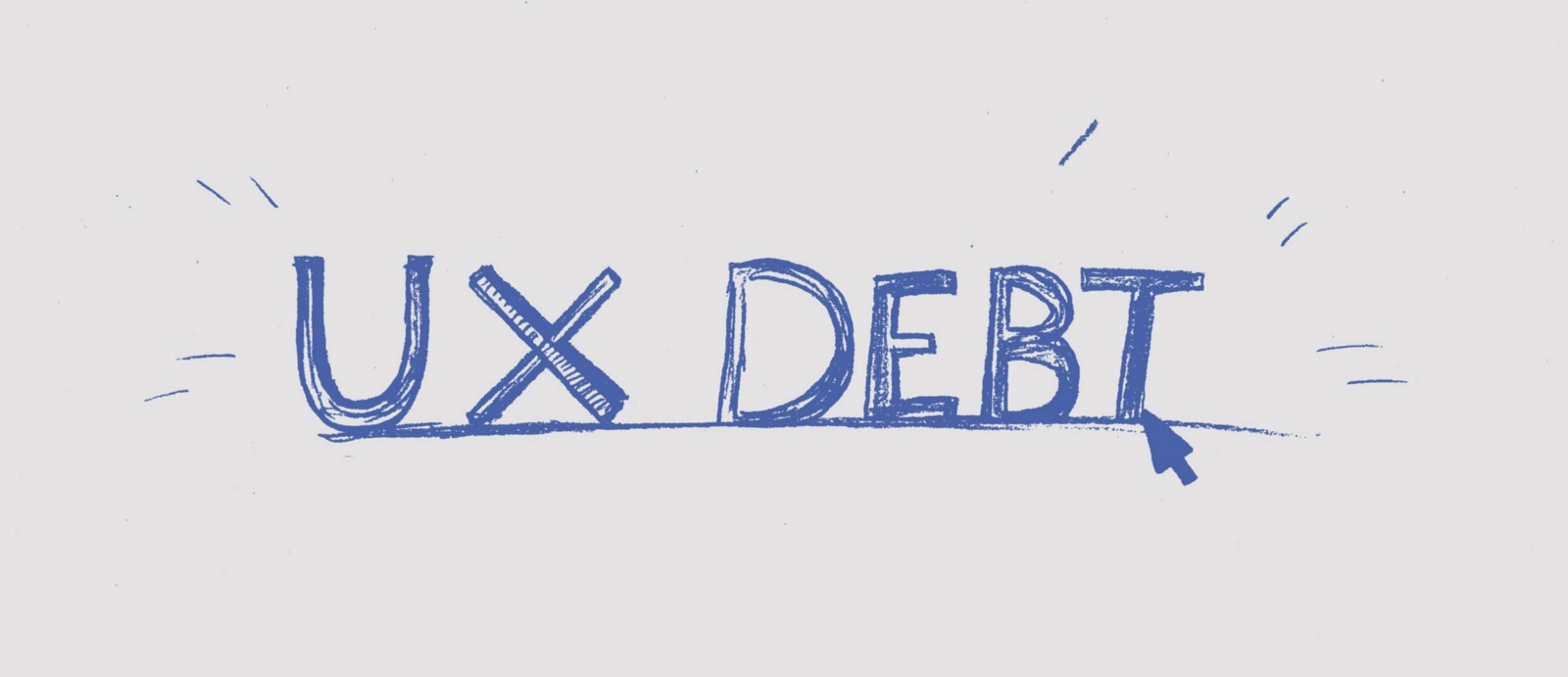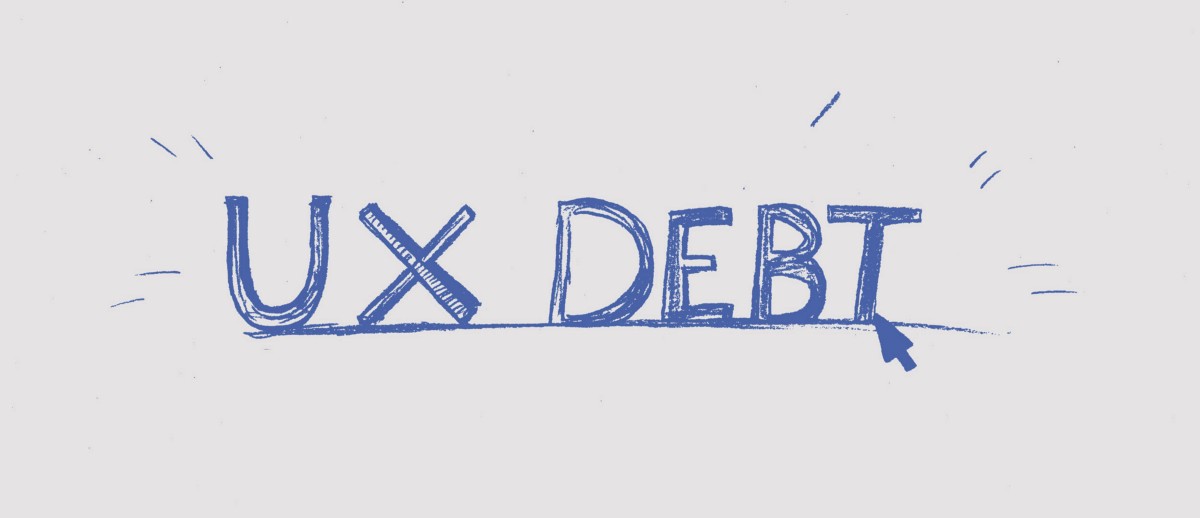
User experience (UX) design has a wide scope and touches many things in both a product and in an organization. The field itself is fairly new and evolving rapidly along with technology. It’s no wonder that many of us in the technology and business world can lose track of UX’s latest evolution.
It can be hard to imagine how the UX process and philosophy can actually translate to your situation. To that end, I created a UX debt symptoms list, to help you identify the need for UX in your world.
General Symptoms
(applicable to products, established businesses)
- We aren’t actually sure who our users are, we’ve prioritized ‘everyone’, so we’re not sure how to get to know them.
- It’s difficult to understand each step our users go through to meet their goals.
- We know that we’re ‘supposed to do UX’ but it’s not obvious how UX maps to our situation.
- We have so many metrics, but don’t know how to fix the problems we’re seeing with how our users use the product.
Product-oriented symptoms
- We haven’t all gotten together as a product team to discuss the product and design problems.
- We’ve tweaked features, but those changes don’t seem to have made a difference.
- You find that your team is sticking to a plan or roadmap rigidly, and that you’re losing sight of why certain things are prioritized over others.
- It seems random as to how features get prioritized, sometimes we don’t know why we’re building what we’re building.
- On the team, we’ve usually experienced a ‘design hand off’ where the final design is delivered and that’s what we go from. We sometimes don’t get the results we want.
In closing
While reading this, If you have done a face palm or shook your head quite a few times, I would wager that a healthy infusion of UX is in order. I’m a firm believer that problems are actually often easier to solve than we initially think, and the UX toolkit of skills, practices and philosophy can help.
Other reading
This is a handy article on tech debt, the parallels are quite interesting:
https://www.techopedia.com/definition/27913/technical-debt
This article paints the picture of how weird perceptions of UX design emerged:
The UX Process is Confusing, Even to Most Designersuxplanet.org
This breakdown of the UX process is a handy checklist to do design project planning:
Start your next UX project with this checklist and don’t forget about anything!uxchecklist.github.io
This article is a meaty read about the current argument on design thinking (and an interesting history of user-centred design):
Design thinking is “kind of like syphilis,” wrote Lee Vinsel of the Stevens Institute of Technology in a recent widely…interactions.acm.org
